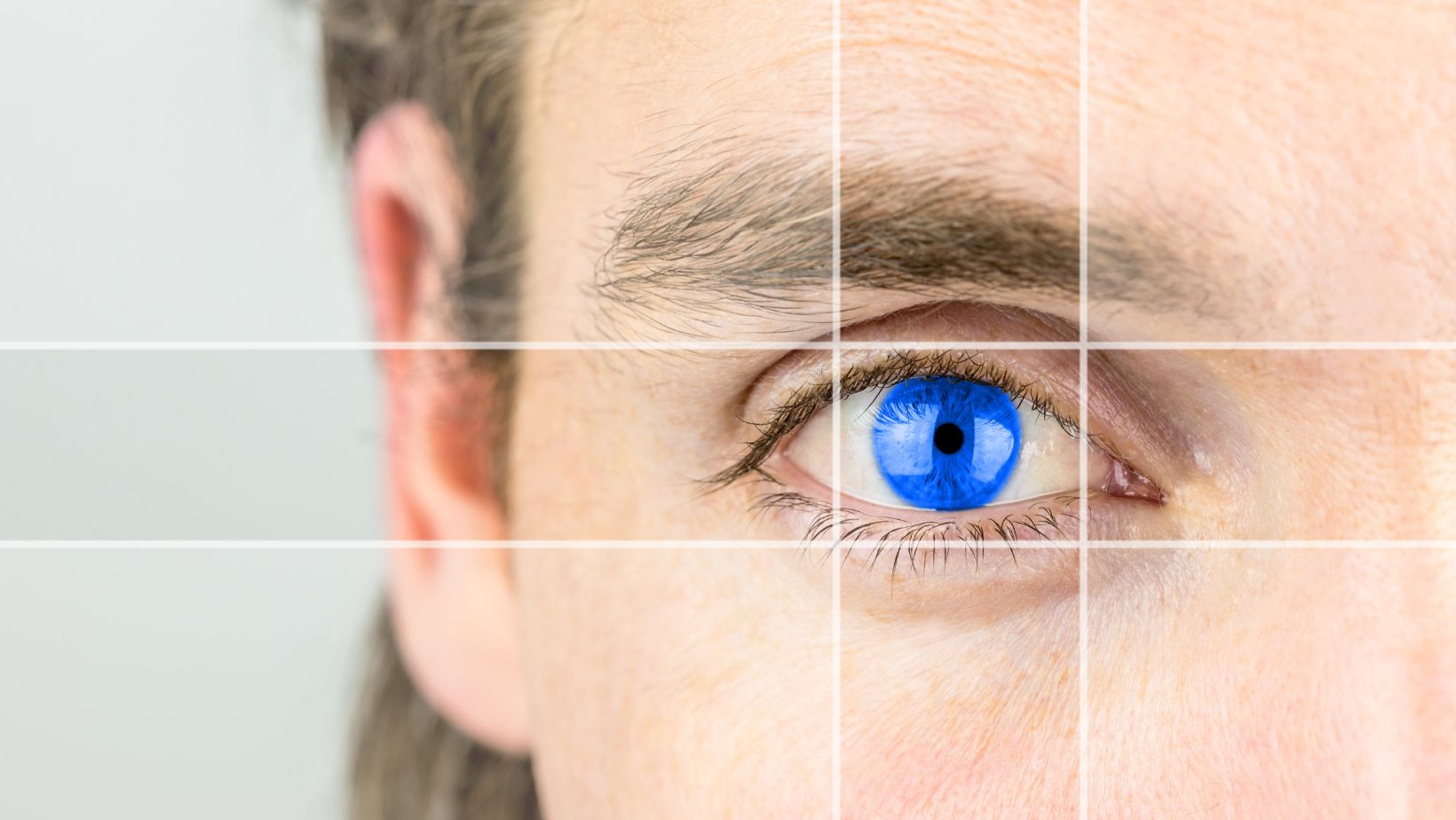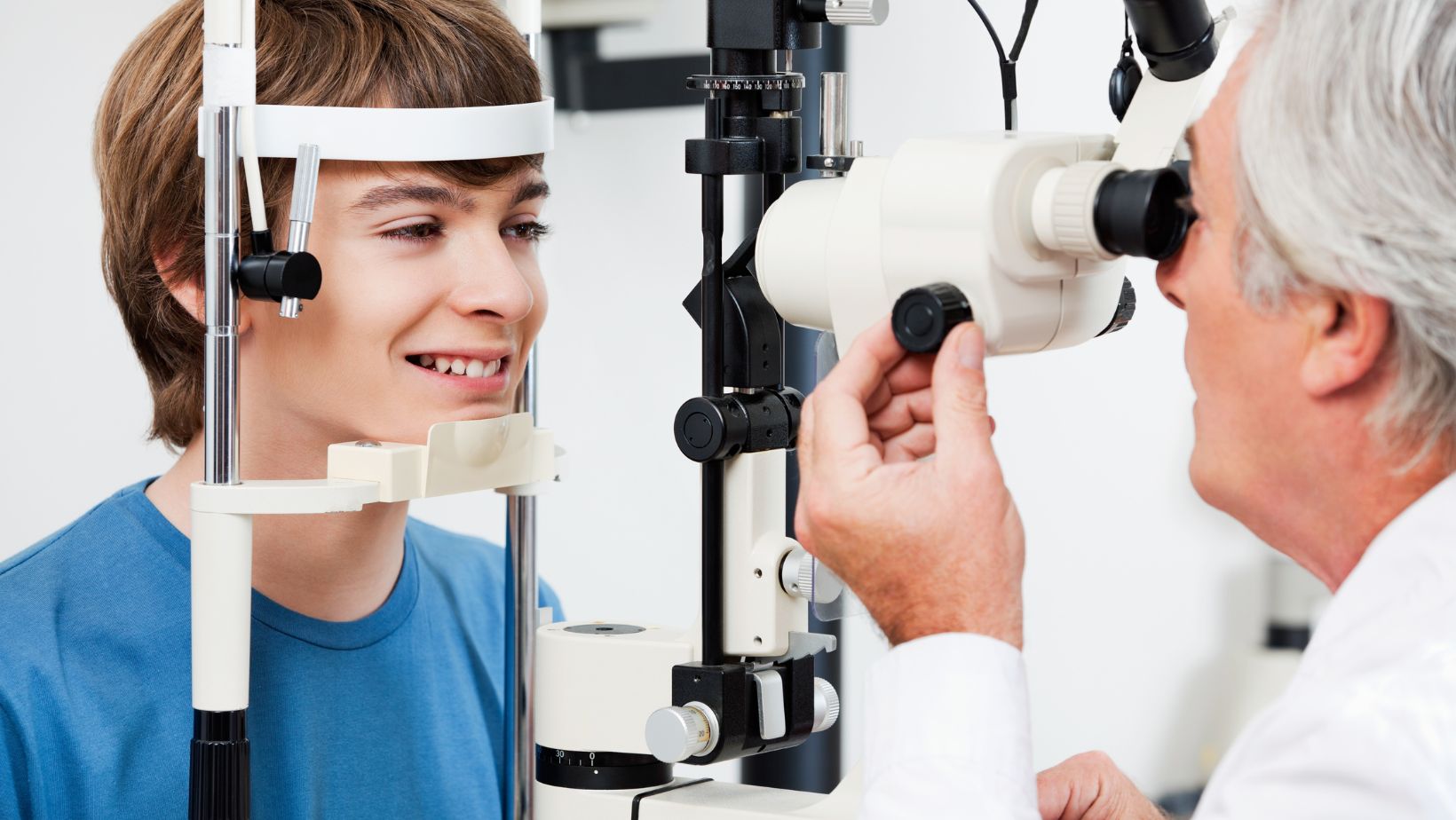In a world that has transitioned rapidly towards digital mediums, assessing our visual cognitive abilities has taken a new turn. Instead of traditional methods involving printed images and face-to-face assessments, the internet now offers a convenient alternative: the visual perception test online. If you’re new to this realm, this guide will walk you through the basics, ensuring that you grasp the essence of online visual perception tests and how they work.
Table of Contents
What is Visual Perception?
Before delving into online tests, it’s essential to understand the basics of visual perception itself. In the simplest terms, visual perception refers to the brain’s ability to interpret and make sense of visual information received from our eyes. This ability plays a vital role in tasks like reading, recognizing faces, and even activities like driving.
Several factors contribute to our visual perception, such as:
- Visual Acuity: Often the first thing that comes to mind when we think of vision tests, visual acuity measures the sharpness of our sight. It’s the reason why optometrists use charts with progressively smaller letters or symbols – they’re gauging the finest details our eyes can discern at a specific distance.
- Color Vision: Think of a world without color – unimaginable, right? Our eyes can detect a wide spectrum of colors thanks to specialized cells called cones. However, color vision varies among individuals. Some may have color deficiencies or, in rare cases, color blindness, affecting their perception of specific hues.
- Depth Perception: Depth perception is what allows us to experience the world in three dimensions. It’s a skill that requires both our eyes working in tandem.
By comparing the slightly different images each eye captures, the brain can gauge depth, helping us judge distances, whether it’s catching a ball or parking a car.
- Field of View: It’s not just what’s right in front of us that matters. Our peripheral vision, or field of view, encompasses everything we can see when looking straight ahead without shifting our gaze. This broad view helps us detect dangers lurking just out of direct sight or enjoy the full panorama of a scenic vista.
- Visual Motor Integration: This is where vision meets action. Visual-motor integration is the harmonious collaboration of our visual system with our motor skills. It’s what enables a child to copy letters from a board, a basketball player to make a free throw, or an artist to recreate a beautiful landscape on canvas.
Why Take a Visual Perception Test?
Many reasons might compel someone to take a visual perception test:
- Medical Evaluation: To detect or diagnose vision problems, certain neurological conditions, or cognitive disorders.
- Occupational Requirements: Some professions, like pilots or drivers, need an optimum level of visual perception.
- Personal Insight: Curiosity about one’s visual strengths and weaknesses can also be a motivation.
Visual Perception Test Online: The Digital Turn
The emergence of the digital age has given rise to online platforms that can conduct visual perception tests. Here are some benefits of opting for these:
- Convenience: These tests can be taken anywhere, at any time, as long as you have an internet connection.
- Instant Feedback: Online tests often give immediate results, helping users understand their visual capabilities without a wait.
- Cost-Effective: Many online tests are available at a fraction of the cost of a face-to-face assessment or even free.
- Variety: The online platform provides a plethora of tests tailored to different visual perception aspects.
How to Take a Visual Perception Test Online?
Here’s a step-by-step guide for beginners:
- Research Platforms: Begin by searching for reputable platforms or websites that offer visual perception tests. Look for feedbacks or testimonials to gauge the platform’s reliability.
- Check the Equipment: Ensure that you have a good-quality screen and a stable internet connection. Some tests may also require a webcam or additional plugins.
- Choose the Test: Some platforms might offer a variety of tests. Pick the one that aligns with your objective—whether it’s general visual perception or a specific aspect like color vision.
- Follow Instructions: Carefully read all instructions before starting. Some tests might have time limits, while others may allow you to take breaks.
- Analyze Results: After completing the test, analyze your results. Some platforms may provide detailed feedback, suggesting areas of improvement, or even recommending follow-up actions.
Tips for a Successful Online Visual Perception Test
- Environment: Choose a well-lit room, ensuring that the light source does not cause glare on the screen.
- Posture: Sit comfortably at a table or desk. Ensure the screen is at eye level to prevent straining your neck or eyes.
- Calibration: For color tests, calibrating your screen can make a difference. Use online tools to adjust your monitor’s color settings.
- Rest Well: A good night’s sleep can significantly impact your visual perception. Avoid taking the test if you’re feeling fatigued.

In conclusion, a visual perception test online can be a valuable tool in understanding and assessing our visual cognitive abilities. With the above guide in hand, you’re now equipped to navigate the online realm of visual perception tests, ensuring accurate results and insightful feedback.
Brian, the dedicated Editor and Education Enthusiast at Faspe, is a dynamic force breathing life into the realm of education. Grounded in pedagogical expertise and fueled by boundless passion, Brian enriches the team with extensive experience, curating resources that inspire educators and students alike. His unshakable faith in the transformative power of education propels individuals to reach for the stars on their educational journey.







